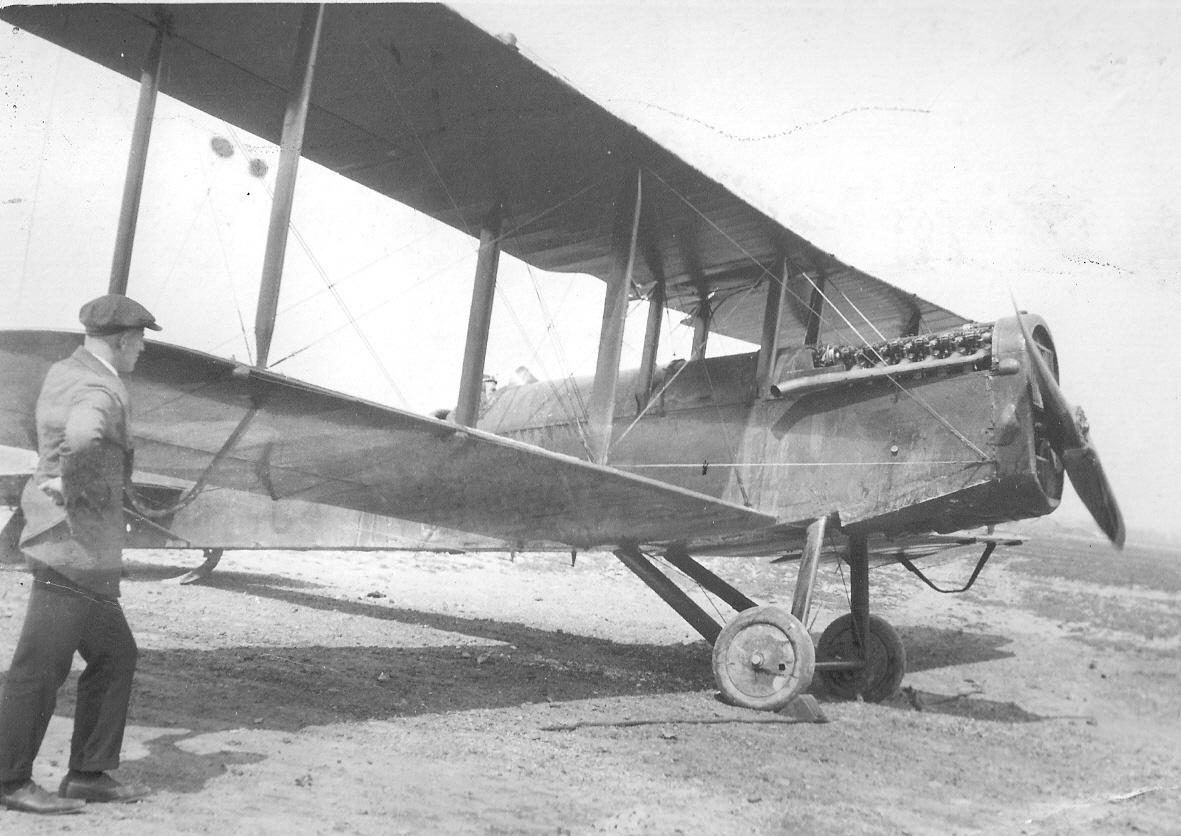History Of Planes
History Of Airplanes, a timeline made with Timetoast's free interactive timeline making software. A Brief History of Aviation. Aircraft speeds increased to 130 mph and aerial battles were known to take place at the unbelievable altitude of 19,000 ft.
Airplane Timeline Efforts to tackle the engineering problems associated with powered flight began well before the Wright brothers' famous trials at Kitty Hawk. In 1804 an English baronet, Sir George Cayley, launched modern aeronautical engineering by studying the behavior of solid surfaces in a fluid stream and flying the first successful winged aircraft of which we have any detailed record. And of course Otto Lilienthal's aerodynamic tests in the closing years of the 19th century influenced a generation of aeronautical experimenters. In the 20th century, advances in aeronautical engineering soon had us soaring in safety and comfort across all the continents and oceans. 1901 First successful flying model propelled by an internal combustion engine Samuel Pierpont Langley builds a gasoline-powered version of his tandem-winged 'Aerodromes.' The first successful flying model to be propelled by an internal combustion engine. As early as 1896 he launches steam-propelled models with wingspans of up to 15 feet on flights of more than half a mile.
1903 First sustained flight with a powered, controlled airplane Wilbur and Orville Wright of Dayton, Ohio, complete the first four sustained flights with a powered, controlled airplane at Kill Devil Hills, 4 miles south of Kitty Hawk, North Carolina. On their best flight of the day, Wilbur covers 852 feet over the ground in 59 seconds. In 1905 they introduce the Flyer, the world’s first practical airplane. 1904 Concept of a fixed 'boundary layer' described in paper by Ludwig Prandtl German professor Ludwig Prandtl presents one of the most important papers in the history of aerodynamics, an eight-page document describing the concept of a fixed 'boundary layer,' the molecular layer of air on the surface of an aircraft wing. Over the next 20 years Prandtl and his graduate students pioneer theoretical aerodynamics.


1910 First take off from a ship Eugene Ely pilots a Curtiss biplane on the first flight to take off from a ship. In November he departs from the deck of a cruiser anchored in Hampton Roads, Virginia, and lands onshore. In January 1911 he takes off from shore and lands on a ship anchored off the coast of California. Hooks attached to the plane's landing gear, a primitive version of the system of arresting gear and safety barriers used on modern aircraft carriers. 1914 Automatic gyrostabilizer leads to first automatic pilot Lawrence Sperry demonstrates an automatic gyrostabilizer at Lake Keuka, Hammondsport, New York. A gyroscope linked to sensors keeps the craft level and traveling in a straight line without aid from the human pilot. Two years later Sperry and his inventor father, Elmer, add a steering gyroscope to the stabilizer gyro and demonstrate the first 'automatic pilot.' 1914-1918 Dramatic improvements in structures and control and propulsion systems During World War I, the requirements of higher speed, higher altitude, and greater maneuverability drive dramatic improvements in aerodynamics, structures, and control and propulsion system design.
Naruto Shippuden Ninja Destiny 3 English Nds Games For Pc. 1915 National Advisory Committee for Aeronautics Congress charters the National Advisory Committee for Aeronautics, a federal agency to spearhead advanced aeronautical research in the United States. 1917 The Junkers J4, an all-metal airplane, introduced Hugo Junkers, a German professor of mechanics introduces the Junkers J4, an all-metal airplane built largely of a relatively lightweight aluminum alloy called duralumin. 1918 Airmail service inaugurated The U.